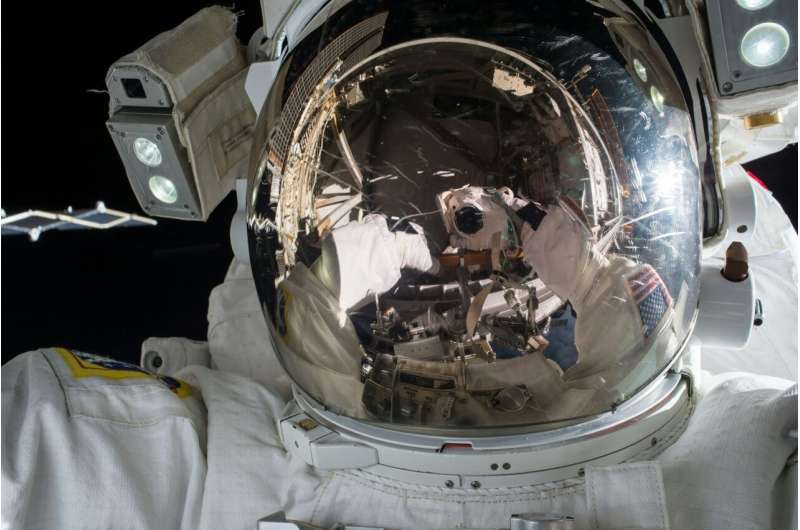Researchers have developed a revolutionary distress monitoring and rescue system designed to enhance safety for astronauts exploring the moon’s harsh environment. This innovative technology, based on the proven COSPAS-SARSAT search and rescue system, promises to revolutionize how we approach human safety in space exploration. With the ability to provide continuous communication and precise location tracking, this system could be a game-changer for future lunar missions, setting the stage for similar advancements on other planets. Artemis program, Search and Rescue

Pioneering Lunar Safety
With a human return to the Moon in sight, emergency response will be even more critical as nations look toward establishing a permanent presence on Earth’s celestial neighbor. NASA hopes to land astronauts on the moon with its Artemis program, which is heavily focused on the rugged lunar south pole. But challenging conditions of these remote and a bit treacherous environments can provide key issues for the safety of astronauts.
Now, in a global collaborative effort led by UniSA, an innovative distress monitoring and rescue system was developed to solve this critical problem based on the moon’s specific circumstances. Leveraging this approach with established Earth search-and-rescue technology called the COSPAS-SARSAT system, NASA has developed a body of technology for the lunar environment called Beagle.
Space exploration to be changed forever
The Beagle for space exploration security is a new threshold. Using a network of satellites capable of engaging with and geo-localizing astronauts in trouble, the system stands to save the lives of those brave enough to explore the beyond. Adjunct Research Fellow Dr Mark Rice, creator of the system and founder of Safety from Space, said:
The waveform our team is developing targets low-power emergency beacons and will enable communication with minimal infrastructure needs and energy consumption. This development is one of the important leaps forward for space investigation as it could provide continuous ground-to-astronauts communication within 10 hrs in practically every troublesome territory, such as holes or mountains.”
Both that kind of reliability and resilience would be required to keep future lunar explorers safe and be able to rapidly respond or rescue them if there were ever an emergency. The hope is that this new, heavy exploration system enables us to develop robust search and rescue systems on the moon — which could then be copied for similar systems at other locations (Mars comes to mind) — forever changing how we think about human safety in space exploration.
Expanding the footprint of terrestrial search and rescue
The legacy of the Beagle system, on these and other moons, goes far beyond lunar exploration. In more terrestrial operations, the tech has been celebrated as a “game changer” for two-way emergency communications enabled by Earth orbital search and rescue. The Beagle technology utilizes the same principles that power the lunar system, and it can boost emergency response in difficult-to-reach areas of Earth where lives could have been saved had sent superheroes.
That dual-use helps illustrate the broad implications of the researchers’ work. Whether you are traveling through the vast expanses of space or diving into Earth’s deepest oceans, the demands for better emergency response will always exist. In successfully applying the Beagle system, UniSA is one step closer to securing the future of human space exploration and ensuring that our gutsiest astronauts are safe, if not entirely in control.
